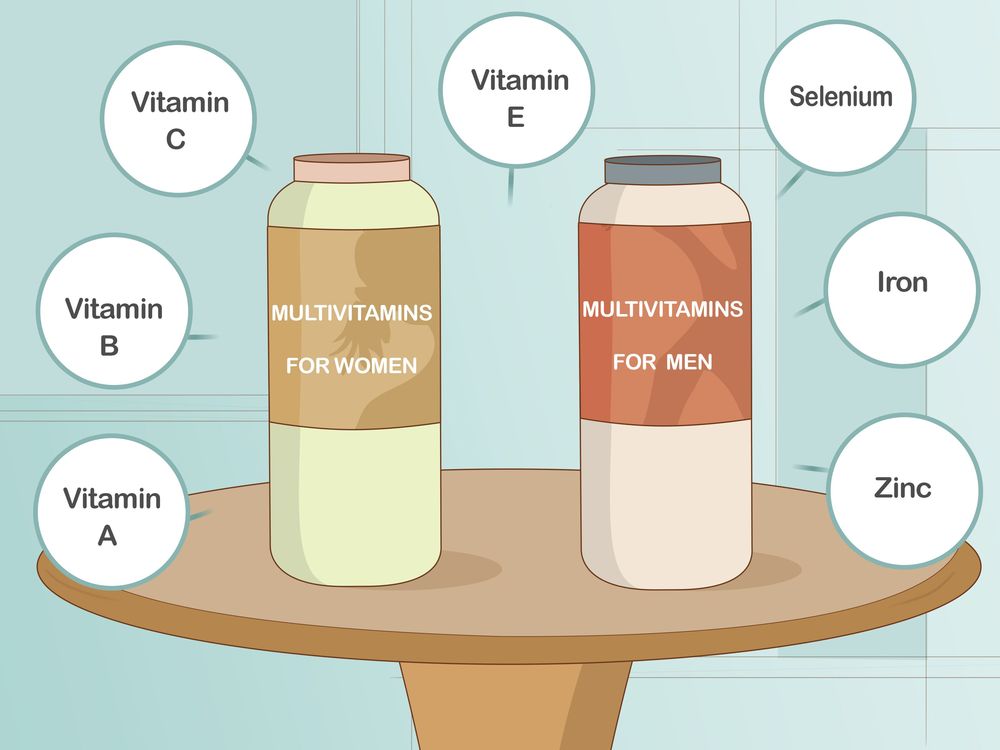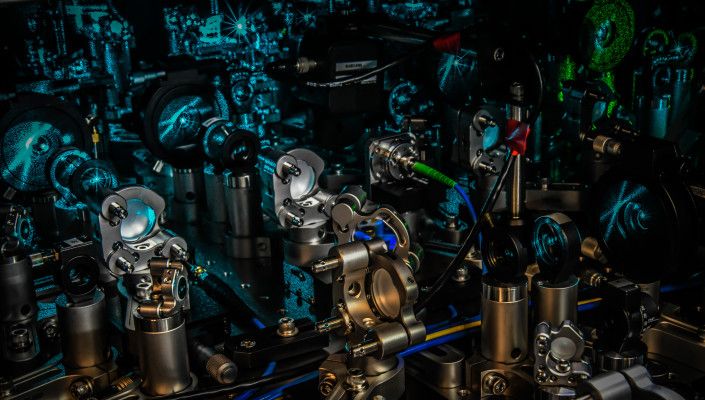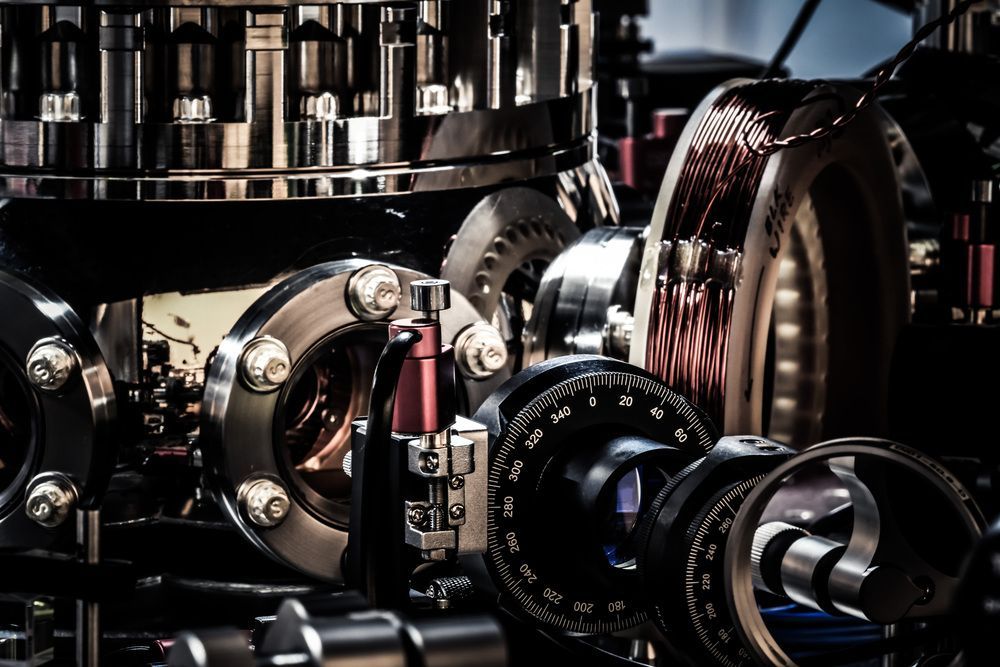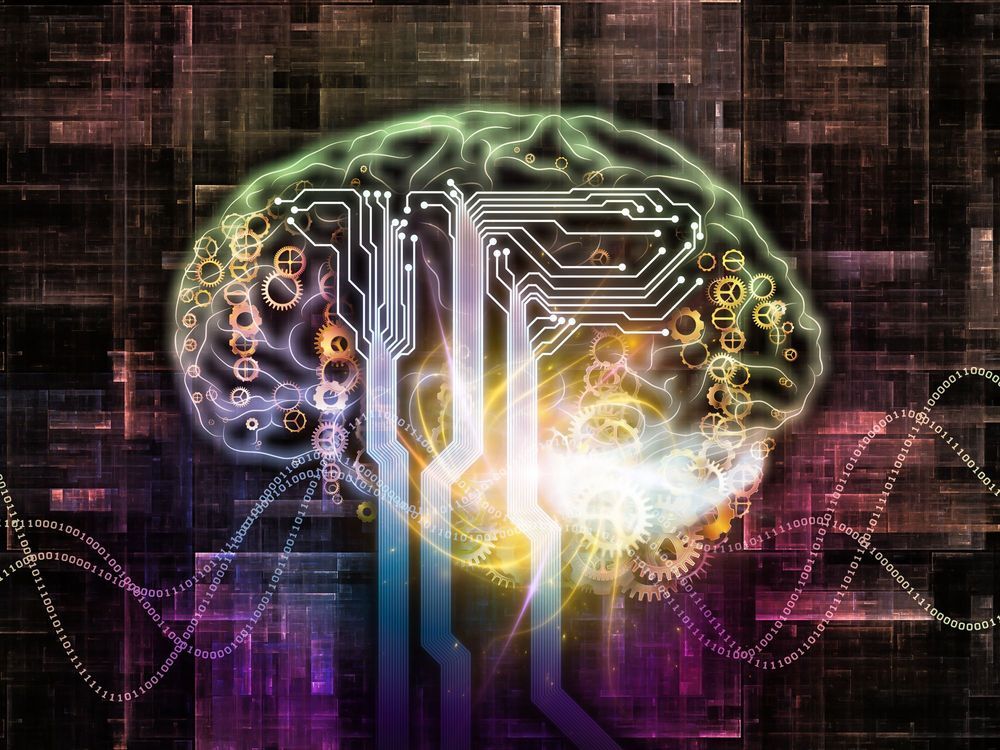If you’d like to improve your immune system, work on increasing the number of t-cells in your body. T-cells are a type of lymphocyte that will attack cells that are infected with a virus. To improve your t-cell count and responsiveness, eat a healthy diet full of fresh produce and lean protein. If you’re concerned your diet isn’t balanced, take supplements that have been shown to improve the immune system.
Page 8203
Mar 3, 2020
Man develops 120-year-old cat photos he finds in time capsule
Posted by Quinn Sena in category: habitats
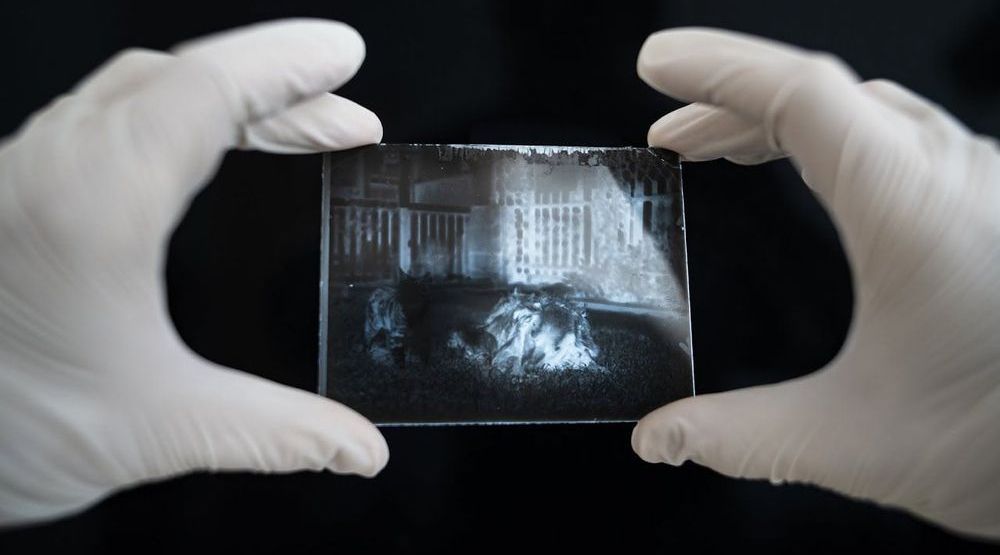
A century before cats dominated YouTube, they were the subject of one very adoring photographer.
Recently, a family member reached out to YouTuber Mathieu Stern with a fun fact: There was possibly a time capsule hidden in his old family home.
Continue reading “Man develops 120-year-old cat photos he finds in time capsule” »
Mar 3, 2020
Could Gene Editing Turn You Into Captain America?
Posted by Quinn Sena in categories: bioengineering, biotech/medical, cybercrime/malcode
DNA hacking could save humanity—or destroy it. Author Jamie Metzl joins Inside the Hive to discuss the future of designer babies.

Mar 3, 2020
Engineers zap and unstick underwater smart glue
Posted by Quinn Sena in categories: biotech/medical, cyborgs, engineering
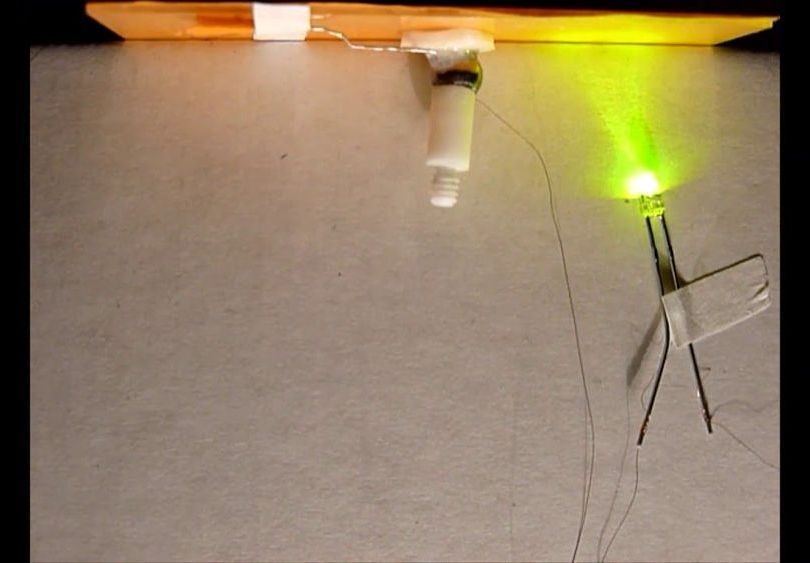
With a small zap of electricity, biomedical engineers at Michigan Technological University take an underwater smart glue prototype from sticky to not in seven seconds.
Turning adhesion on and off is what makes a glue smart. It’s one thing to do this in the open air and quite another under water. Inspired by nature, catechols are synthetic compounds that mimic the wet-but-still-sticky proteins secreted by mussels and offer promise for smart adhesives that work in water. The technology could help with underwater glue, wound dressings, prosthetic attachments or even making car parts and in other manufacturing.
Continue reading “Engineers zap and unstick underwater smart glue” »
Mar 3, 2020
Google algorithm teaches robot how to walk in mere hours
Posted by Genevieve Klien in categories: information science, robotics/AI

A new robot has overcome a fundamental challenge of locomotion by teaching itself how to walk.
Researchers from Google developed algorithms that helped the four-legged bot to learn how to walk across a range of surfaces within just hours of practice, annihilating the record times set by its human overlords.
Continue reading “Google algorithm teaches robot how to walk in mere hours” »
Mar 3, 2020
Honeywell says it will soon launch the world’s most powerful quantum computer
Posted by Genevieve Klien in categories: computing, information science, quantum physics
“The best-kept secret in quantum computing.” That’s what Cambridge Quantum Computing (CQC) CEO Ilyas Khan called Honeywell’s efforts in building the world’s most powerful quantum computer. In a race where most of the major players are vying for attention, Honeywell has quietly worked on its efforts for the last few years (and under strict NDA’s, it seems). But today, the company announced a major breakthrough that it claims will allow it to launch the world’s most powerful quantum computer within the next three months.
In addition, Honeywell also today announced that it has made strategic investments in CQC and Zapata Computing, both of which focus on the software side of quantum computing. The company has also partnered with JPMorgan Chase to develop quantum algorithms using Honeywell’s quantum computer. The company also recently announced a partnership with Microsoft.
Mar 3, 2020
Beyond broad strokes: sociocultural insights from the study of ancient genomes
Posted by Genevieve Klien in categories: biotech/medical, genetics
In the field of human history, ancient DNA has provided answers to long-standing debates about major movements of people and has begun to inform on other important facets of the human experience. The field is now moving from mostly large-scale supraregional studies to a more local perspective, shedding light on socioeconomic processes, inheritance rules, marriage practices and technological diffusion. In this Review, we summarize recent studies showcasing these types of insights, focusing on methods used to infer sociocultural aspects of human behaviour. This approach often involves working across disciplines — such as anthropology, archaeology, linguistics and genetics — that have until recently evolved in separation. Multidisciplinary dialogue is important for an integrated reconstruction of human history, which can yield extraordinary insights about past societies, reproductive behaviours and even lifestyle habits that would not be possible to obtain otherwise.
Mar 3, 2020
Anders Sandberg — Freeman Dyson, Galactic Megastructures, Physical Eschatology & the Fermi Paradox
Posted by Adam Ford in categories: alien life, bitcoin, computing, cryptocurrencies, engineering, existential risks, transhumanism
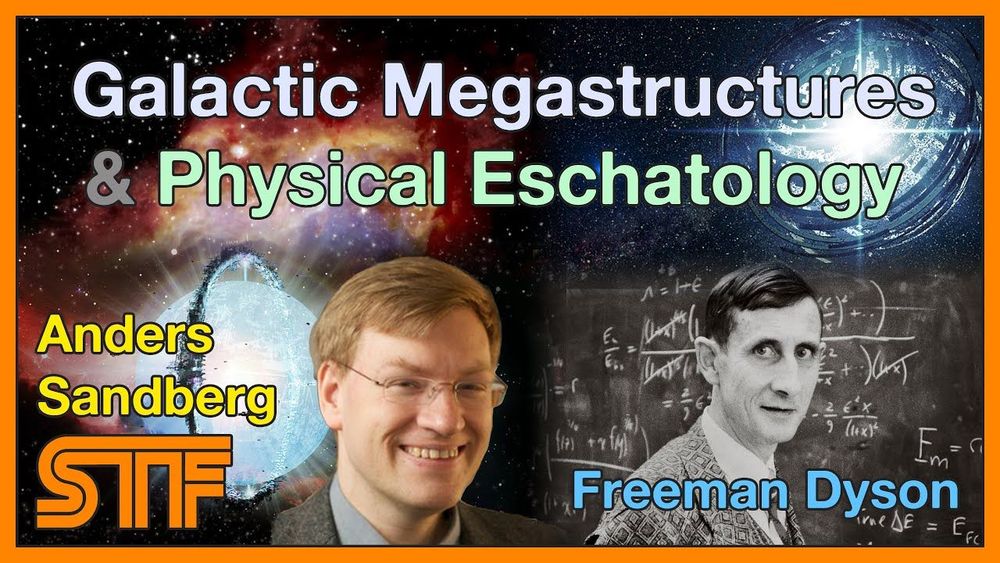
Many of you know the sad news that theoretical physicist & mathematician Freeman Dyson has passed away, so in celebration of his life and achievements, Anders Sandberg (Future of Humanity Institute) discusses Freeman Dyson’s influence on himself and others — How might advanced alien civilizations develop (and indeed perhaps our own)?
We discuss strategies for harvesting energy — star engulfing Dyson Spheres or Swarms, black hole swallowing tungsten dyson super-swarms and other galactic megastructures, we also discuss Kardashev scale civilizations (Kardashev was another great mind who we lost recently), reversible computing, birthing ideal universes to live in, Meinong’s jungle, ‘eschatological engineering’, the aestivation hypothesis, and how all this may inform strategies for thinking about the Fermi Paradox and what this might suggest about the likelihood of our civilization avoiding oblivion. though Anders is more optimistic than some about our chances of survival…
Anders Sandberg (Future of Humanity Institute in Oxford) is a seminal transhumanist thinker from way back who has contributed a vast amount of mind blowing material to futurology & philosophy in general. https://en.wikipedia.org/wiki/Anders_Sandberg
Mar 3, 2020
Biological and artificial neurons connect and communicate online
Posted by Brent Ellman in categories: biological, internet, neuroscience, supercomputing
Researchers in Europe and the UK have managed to connect biological and artificial neurons together – and allow them to communicate long distances through the internet. The biological neurons were grown in one country, sent signals through an artificial synapse located in another to electronic neurons in a third country.
As advanced as supercomputers get, the human brain still utterly leaves them in the dust. It’s made up of neurons that communicate with each other through pulses of electrical signals, passed across tiny gaps known as synapses. These neurons can both process and store information, unlike computers that require separate types of memory for each task.
Artificial versions of neurons and synapses have shown to be far more powerful than traditional computer chip designs, but they’re still in the experimental stage. And now, a team of researchers has taken the next step and connected the artificial and biological versions between three different countries.
Mar 3, 2020
The world must wake up to the challenge of longer lifespans
Posted by Paul Battista in category: life extension
The writer is the author of “Extra Time: Ten Lessons for an Ageing World”
Is the rash of US presidential candidates aged over 70 a sign of weakness or strength? We hear that Bernie Sanders isn’t too left; he’s too old. Michael Bloomberg was alive when Harry Truman was in the White House. Joe Biden is surely as worn out as his shoe leather.
In reality, all of these characters seem in remarkably good shape. Despite being the oldest president ever to be sworn in (he was 69), Donald Trump still acts like a kid.
